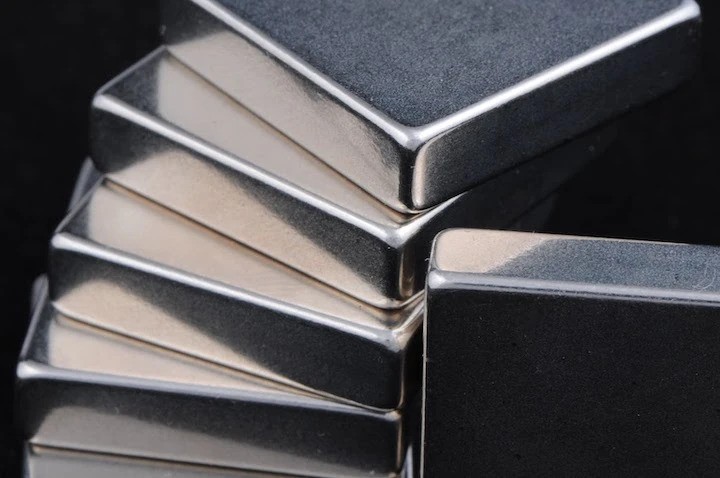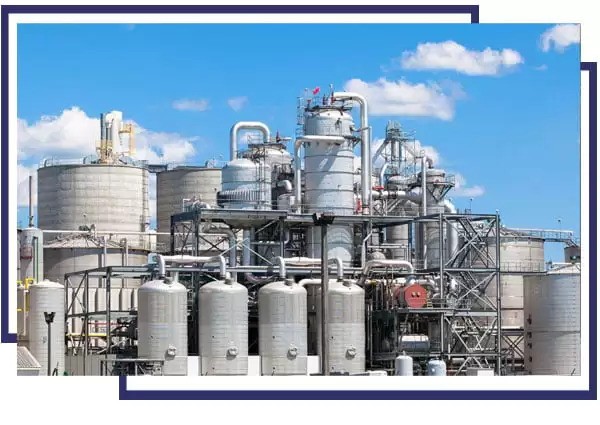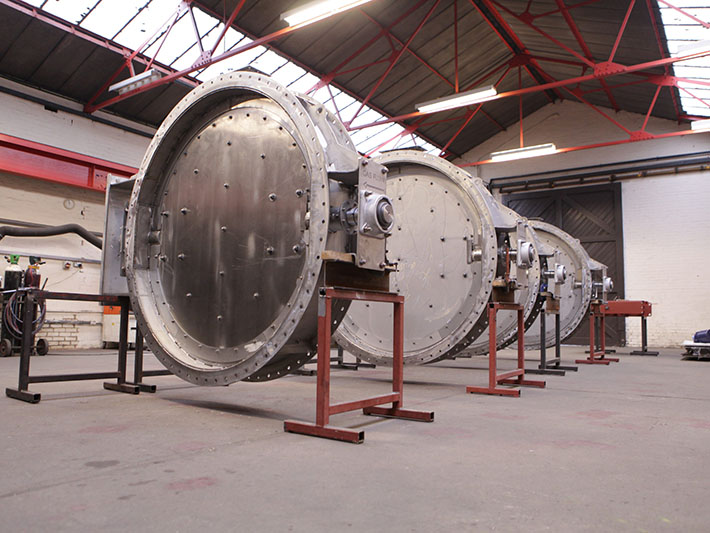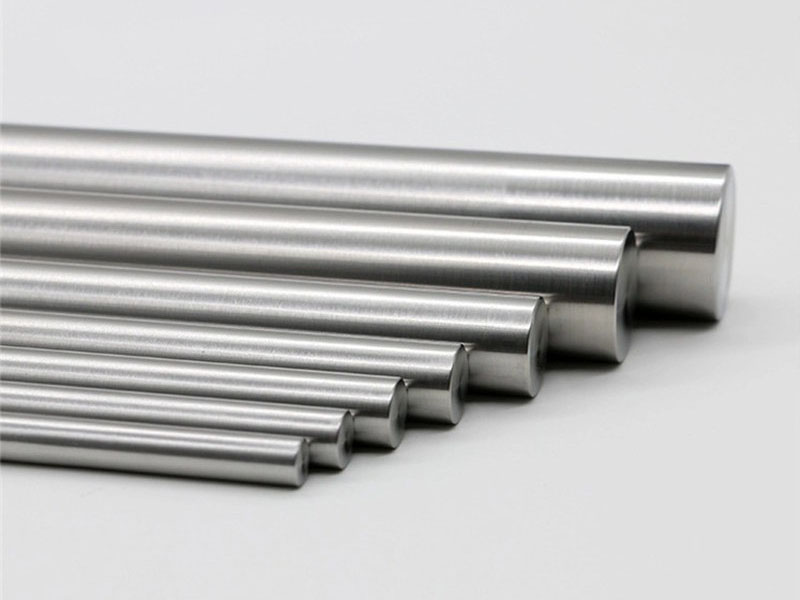





Phone
+86-731-82250427
Address
25th floor, C3 Building, Wanda Plaza, Kaifu District, Changsha, Hunan Province, China.
 May 24 2023
May 24 2023JFE will use "Ferro Coke" blast furnace feedstock to accelerate the development of next-generation ironmaking technology. A pilot plant is currently being constructed in the Western Japan area, which is 10 times that of the Eastern Japan pilot plant, and is expected to be completed in March next year. After the trial operation, the test will be repeated for 30 days in July.
This technology uses a supercomputer to analyze the trajectory of iron coke particles, and uses solid-liquid mixing technology to control the gas volume and temperature of the retort furnace to establish the best configuration in the experimental blast furnace and actual blast furnace. This project is an "environmental-friendly ironmaking process development and utilization" jointly developed by the New Energy Industry Technology Comprehensive Development Agency (NEDO) and three blast furnace steelworks of JFE Steel, Japan Steel and Kobe Steel.
In the iron-making process, coal (70%) and low-grade ore (about 30%) are mixed, formed, and retorted to obtain a composite pellet containing metal iron and coke. In the process of coal becoming coke, the reaction of metallic iron with CO2 produces reducing pellets, which greatly improves the reaction rate of the catalytic reaction. Due to the increase in CO concentration, the reduction reaction of iron ore will also proceed at a lower temperature, reducing the proportion of reducing materials used.

Ability to use inferior coal and iron ore for energy saving while reducing carbon dioxide emissions. At present, the blast furnace is expected to save 10% of energy and reduce the use of high-grade coal by 20%. Starting next year, pilot research will be conducted. After the equipment of the Jingbin plant is improved, it will enter the third stage of research and development and strive to be carried out by 2022. Technical confirmation. The construction cost of the entire test site is about 15 billion yen (half the government subsidy).
The biggest feature of the pilot plant under construction at the Fukuyama Plant in West Japan is its size. Compared with the Jingbin plant, the output increased from 30 tons to 300 tons, the processing capacity of the mixer increased from 750 liters to 4000 liters, and the retorting furnace tuyere increased from one pair to four pairs.
Although the basic technology has been established, it is still necessary to use large-scale test equipment for more practical tests. In the Keihin pilot plant, there was a long-term operation of up to 40 days, but most of the time was intermittent operation.
The Fukuyama plant is scheduled to run for 30 days. In addition, in the solid-liquid mixed molding, the calculation of the trajectories of billions of particles using the Osaka University Supercomputer (OCTOPUS) will also be completed within this year. In addition, the rotation direction, rotation parameters, input angle, etc. of the experimental blast furnace and actual blast furnace will be studied. The Iron and Steel Institute will conduct research cooperation in numerical analysis and simulation technology.
